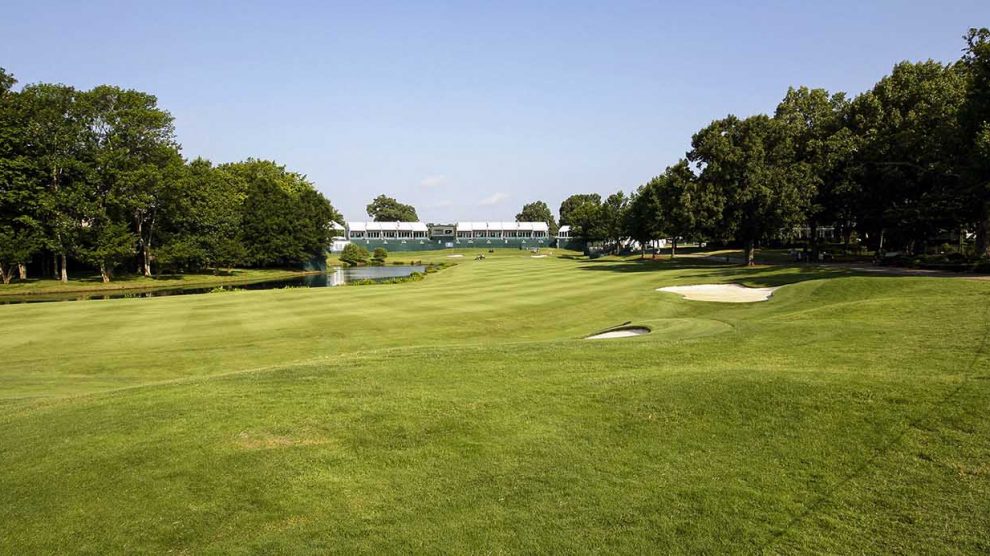The week before each of the majors always seem like a formality from a fan’s perspective due to the lack of “stars” in the field. Tiger normalized the thinking that only Majors matter and almost never teed it up in an event the week prior to a major as that week should be spent getting physically and mentally prepared rather than grinding out 4 rounds of “meaningless” golf.
This is a luxurious way of thinking when a player doesn’t have to worry about FedEx Cup points, or making a cut to pay for that week’s expenses or retaining their card. However, this thinking is now commonplace among the world’s elite golfers. I’m sure if you asked Jack Nicklaus or Nick Faldo or Brandel Chamblee (or any “old school” golfer with an opinion) they’d tell you how different it was back in their day. How the best way to prepare for a major was to actually play competitive golf.
This is all to say this week’s FedEx St. Jude Classic at TPC Southwind is light on name-brand golfers and will instead feature guys looking to garner enough points to get a last-minute invite to the U.S. Open or break through for their first win on tour. It is kind of nice there’s slightly less worry of a big gun running away with the tournament.
As far as the course goes, TPC Southwind is maybe the antithesis of the type of course that will help elite players get ready for Erin Hills next week. The course features zoysia fairways, champion Bermuda greens, and numerous lakes, streams and ponds. For comparison, Erin Hills is wall-to-wall fescue with bentgrass greens.
Established in 1988, the course was designed by Ron Prichard in consultation with Hubert Green and Fuzzy Zoeller. While on TPC Southwind’s par-70, 7,244-yard championship layout golfers will also note two grain silos and a windmill, remnants of the dairy farm once located on the site. Additionally, the course is usually rated one of the top-10 most challenging courses on the PGA Tour schedule (another reason for players to avoid it before the U.S. Open -- don’t need to introduce any avoidable bad swing thoughts). Like a few other TPC courses, it was one of the first golf courses in the state of Tennessee to be certified as an Audubon Cooperative Sanctuary System by Audubon International.
Holes to Watch
Hole 9 - Par 4, 457 yards
“A long dogleg to the right, slightly downhill with the second shot over a lake that is in front of the green. The ideal drive is past the large tree on the right of the fairway to ensure an open shot to the green.”
Hole 11 - Par 3, 162 yards
“A smaller version of the famous 17th at TPC Sawgrass, but with its own uniqueness. This hole requires a short iron over water to an island green with a small pot bunker that guards the front edge of the green.”

Hole 14 - Par 3, 239 yards
This brute of a par 3 starts from an elevated tee requiring a full carry over water to a severely undulated green. The green sits in a natural amphitheater.

